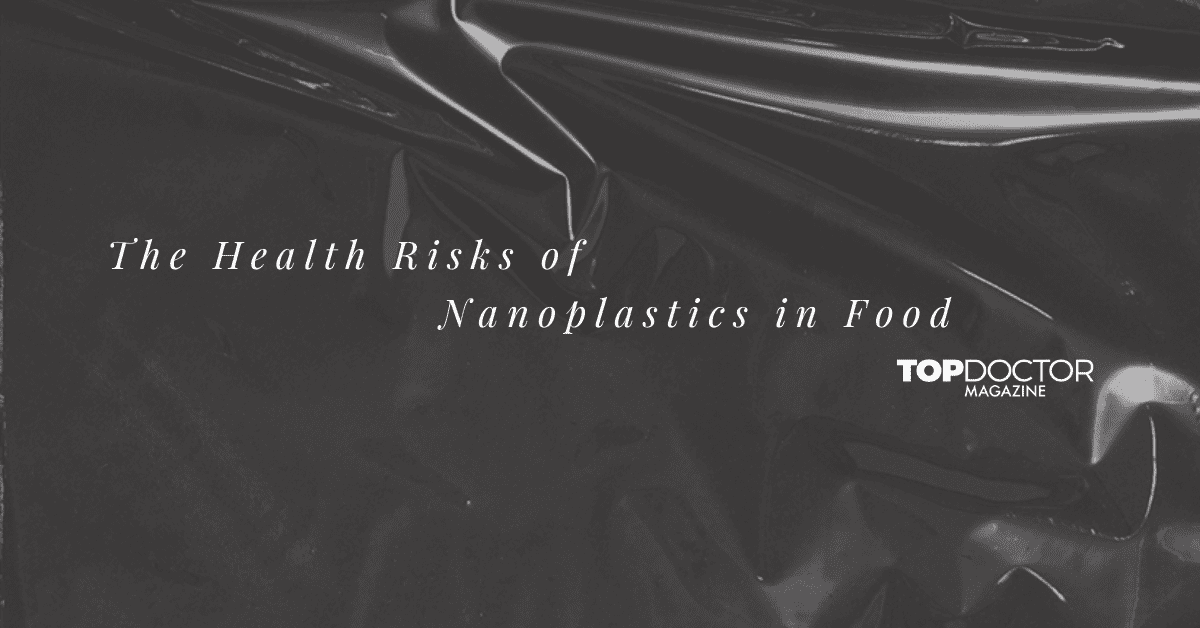We are aware that the world is suffering from pollution, and numerous organizations are doing everything they can to make the world a better place for the next generation. Unfortunately, the most common material found in landfills is the one we use in virtually everything: plastic.
From containers to candy wrappers, these plastic materials are very slow to degrade. Instead of complete degradation, a tiny portion of the plastic chips away and turns into particles invisible to the naked eye, called nanoplastics.
What Are Nanoplastics?
Nanoplastics are tiny plastic particles that measure less than 100 nanometers in diameter. They can enter the environment through a variety of sources, including the breakdown of plastic items, the release of microbeads from personal care products and the shedding of synthetic fibers from clothing. Once in the environment, nanoplastics can be ingested by plants and animals, which could end up harming our food supply.
A growing body of evidence suggests that exposure to nanoplastics negatively impacts human health. Studies have shown that nanoplastics can cause inflammation and oxidative stress and damage the DNA. In addition, nanoplastics can accumulate in organs and tissue and could even cross the blood-brain barrier. As a result, some researchers believe that the health effects of nanoplastics may be similar to those of other types of air pollution.
There is no current regulation of nanoplastics in the U.S., and little is known about their potential health risks. Given the widespread use of plastics and the growing evidence of their harmful effects, it is vital to learn more about the health risks of nanoplastics and take steps to reduce exposure.
Effects of Nanoplastics on the Human Body
While nanoplastics are not considered harmful in and of themselves, they can absorb toxins from the environment and accumulate in the body. This process can lead to a toxin build-up in the bloodstream and cause various health problems.
There is currently scarce data on the long-term effects of nanoplastics on human health, but some studies have suggested that they may contribute to cancer, reproductive problems and developmental issues. However, more research is needed to confirm these potential health risks.
It is advisable to limit your exposure to nanoplastics as much as possible. This means avoiding cosmetics and food packaging that contain them and choosing fresh over processed foods where possible. You should also make sure to properly clean any plastic products you use to reduce your risk of exposure.
How Nanoplastics Reach the Environment
Nanoplastics can enter the environment in a variety of ways. One way involves plastic products being discarded and ending up in landfills. Of all the plastics in the world, only 9% are recycled, 12% are burned (which shifts the topic to air pollution) and 79% end up in landfills.
Nanoplastics can also be released into the air, water and soil during the manufacturing process of some products. Additionally, they can be released into the environment when we wash clothes or other items that contain them.
How to Avoid Ingesting Nanoplastics
- Avoid extra harmful plastics: Plastic products with recycling codes 3, 6 and 7 are damaging as they contain polyvinyl chloride (PVC), styrene and bisphenol, an industrial chemical. These chemicals can leach into your food easily when heated. It’s better to use ceramic or glass containers instead.
- Drink filtered tap water: According to a 2018 study, bottled water contains more plastics than filtered tap water. It is best to use a reusable water container made of stainless steel, glass or silicone. Using a filter for your drinking water is advisable, such as a carbon block or distillation filter.
- Vacuum and dust regularly: Nanoplastics are so small that they make their way into the air, where it is often mixed up in the dust around the house. Regular dusting and vacuuming can minimize the accumulation of these particles.
A Parting Reminder
It is impossible to avoid nanoplastics entirely, but that doesn’t mean we can’t do anything about it. There are many alternatives we can use to replace plastic, and most of them are reusable, such as glass or aluminum. It’s not too late to change how we consume products, what we use and how we dispose of them.






0 Comments